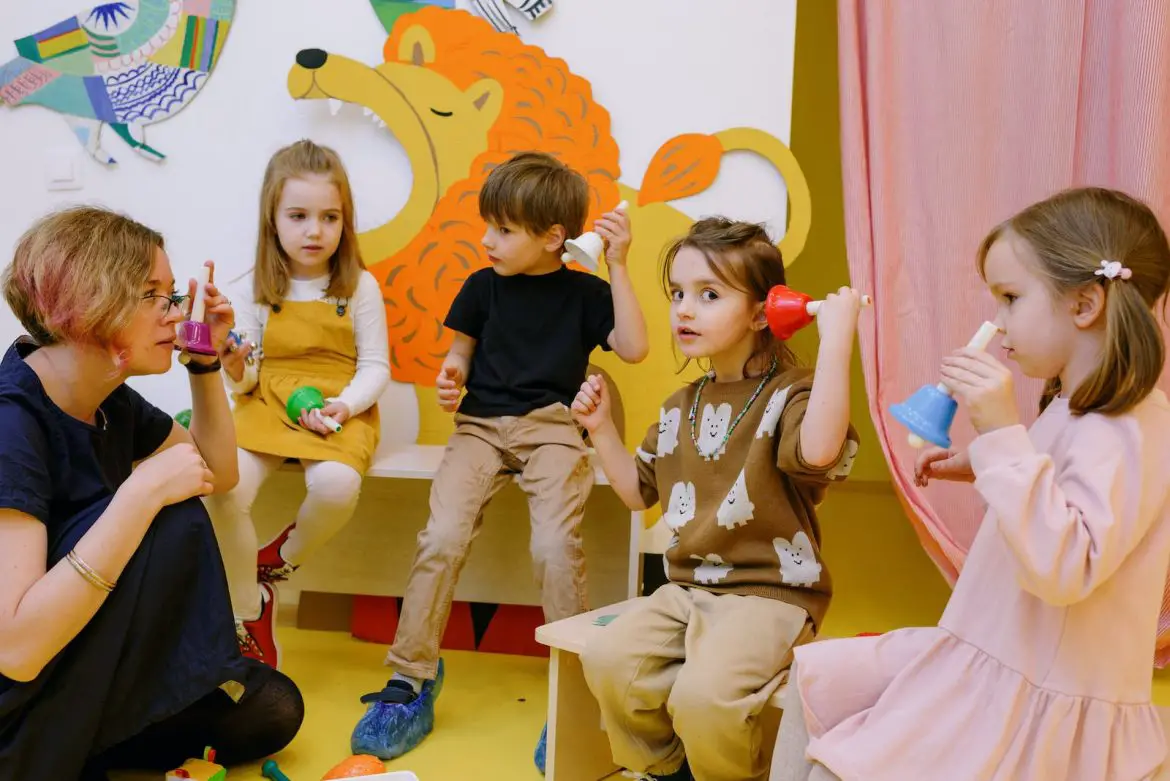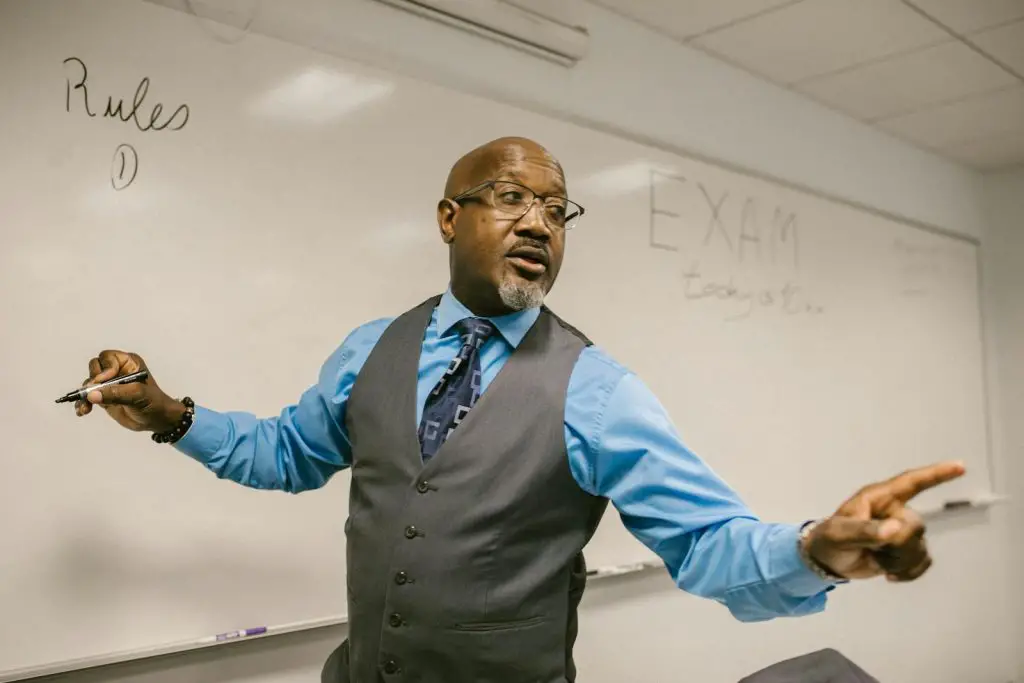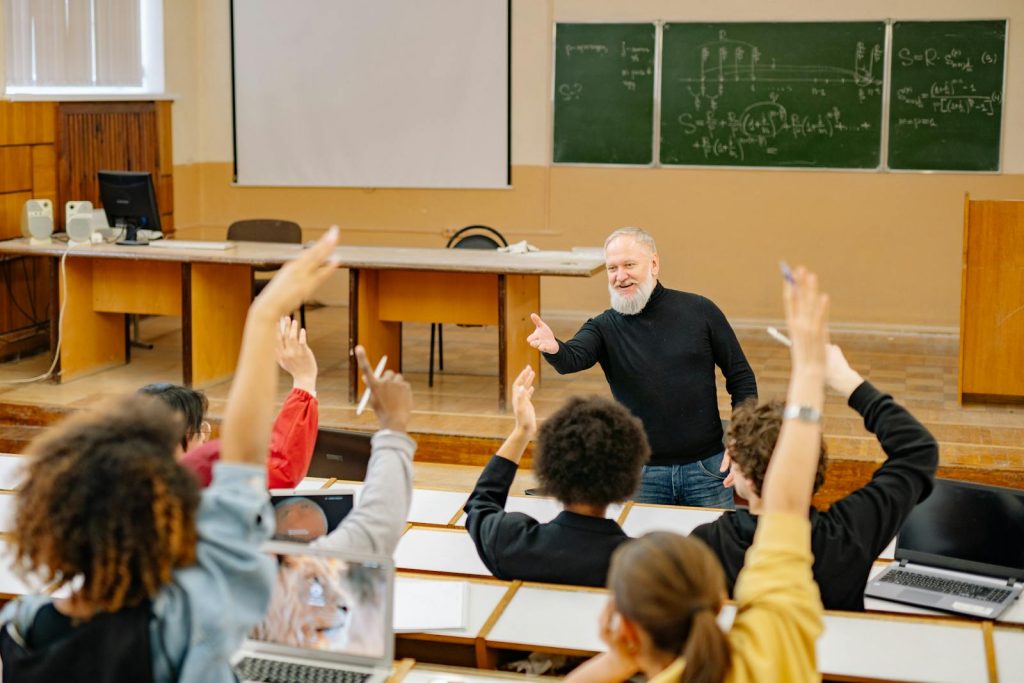Teaching is an art form, and like all artists, educators require a set of tools and techniques that transcend the traditional to captivate and educate their audience—students.
From the age-old Socratic method to the cutting-edge technologies of today, the right teaching methods not only educate but inspire, transforming the entire landscape of learning.
In this comprehensive guide, we unpack the importance of teaching methods for pedagogy and explore how they can shape the future of education.
Understanding Teaching Methods
Before we can dissect the implications of teaching methods, it’s crucial to understand what they are. Teaching methods are the strategies and principles that foster a better understanding of the subject matter through the interplay of various elements of the teaching-learning process.
They encompass everything from the choice of media to the planning of lessons and assessments. Below, we explore the fundamental teaching approaches that pave the way for effective education.
-
Direct Instruction
Direct Instruction is the most familiar and often traditional method of teaching, with the teacher directing a structured lesson that usually involves explicit teaching of strategies.
Here, the teacher takes on the role of an authoritative figure delivering content in a clear and orderly manner.
-
Inquiry-Based Learning
Inquiry-Based Learning is a student-centered approach that fosters critical thinking and independent problem-solving skills. Teachers guide students through asking questions, investigating, and applying their findings to new situations.
-
Cooperative Learning
Cooperative Learning techniques push for peer-to-peer interaction and a sense of community in the classroom. This method encourages mutual respect and aids in the development of social skills.
-
Experiential Learning
Experiential Learning is rooted in the principle that learners learn best by doing. It advocates for hands-on learning through real-world experiences, role plays, and simulation exercises, which bridge the gap between theory and practice.
Impact on Student Learning
The teaching methods employed can significantly affect how students engage with material and, ultimately, how much they retain. They can also influence students’ attitudes toward learning, shaping their entire educational experience.
-
Enhanced Engagement
When students are presented with content in a way that aligns with their interests and learning preferences, they are more likely to engage with the material.
https://youtu.be/p-kLZJqvpUk?si=Q-xviD3opqSXjwFy
Interactive and varied teaching methods can help maintain attention, foster curiosity, and create a dynamic learning environment that students find more enjoyable.
-
Improved Retention
The human brain is wired to seek patterns and make connections. Effective teaching methods exploit this by delivering information in a structured and logical way that aids memory retention.
Mnemonics, storytelling, and visual metaphors are just a few examples of teaching methods that can improve retention.
-
Deeper Comprehension
Understanding is more than just remembering facts. It involves the ability to apply knowledge and make inferences. Teaching methods that encourage analysis, such as case studies or debates, promote deeper comprehension of the subject matter.
Innovative Teaching Approaches
In the modern classroom, innovation is key. The blended learning environment (combining in-person and online learning) has opened up a treasure trove of new teaching approaches that cater to the diverse learning needs of students.
Need Help? Ask Our Chat Assistant!
-
Technology Integration
Smart classrooms are revolutionizing the education landscape. With interactive whiteboards, virtual reality, educational apps, and more, teachers have an array of digital tools at their disposal to make learning more interactive and personalized.
-
Active Learning
Active Learning methods shift the focus from teacher-led instruction to student activity.
Small group discussions, problem-solving activities, and concept mapping are examples of techniques that keep students actively engaged in their own learning process.
-
Flipped Classrooms
Flipped Classrooms are an innovative model where students learn new content online by watching video lectures, usually at home, and what used to be homework (assigned problems) is now done in class with teachers offering more personalized guidance and interaction with students, instead of lecturing.
Adapting to Diverse Learners
One-size-fits-all education has no place in the 21st century. Teachers must be adept at adjusting their teaching methods to accommodate the wide range of abilities and backgrounds present in any given classroom.
-
Differentiated Instruction
Differentiated Instruction is a teaching approach that caters to diverse learning needs. It involves modifying the curriculum, content, or process to match the readiness, interests, and learning profiles of students.
-
Personalized Learning
Personalized Learning tailors the educational experience for each learner.
With the help of technology and data analytics, teachers can create pathways that meet the individual needs of students, allowing them to learn at their own pace and in their preferred style.
Professional Development for Teachers
Stagnation is the enemy of effective teaching. To continually inspire and educate, teachers must invest in their own professional development.
https://www.pastpapersinside.com/what-are-the-pros-and-cons-of-zoom-education/
Continuing education not only boosts the skills of teachers but also brings fresh teaching methods into the classroom.
-
Continuous Learning
In a rapidly changing educational landscape, teachers must remain lifelong learners. Continuous education, whether through formal courses or self-directed study, keeps teachers abreast of the latest research and teaching approaches.
-
Training Programs
Numerous training programs exist to help educators sharpen their teaching methods. From workshops on specific pedagogical techniques to broader courses on education theory, these programs can have a direct and immediate impact on classroom practices.
-
Peer Collaboration
Collaborating with peers offers a wealth of professional development opportunities. Through observation, shared planning, and reflective discussions, teachers can learn from one another’s successes and failures, leading to a richer understanding of effective teaching methods.
Conclusion
The selection and application of teaching methods are vital components in the education ecosystem. With the power to engage, inspire, and adapt, teaching methods not only convey knowledge but also cultivate the 21st-century skills students need to succeed.
As we continue to innovate and understand more about the learning process, the importance of teaching methods will only grow.
It is the educators who boldly experiment and refine their methods who will pave the way for a brighter, more educated future.




